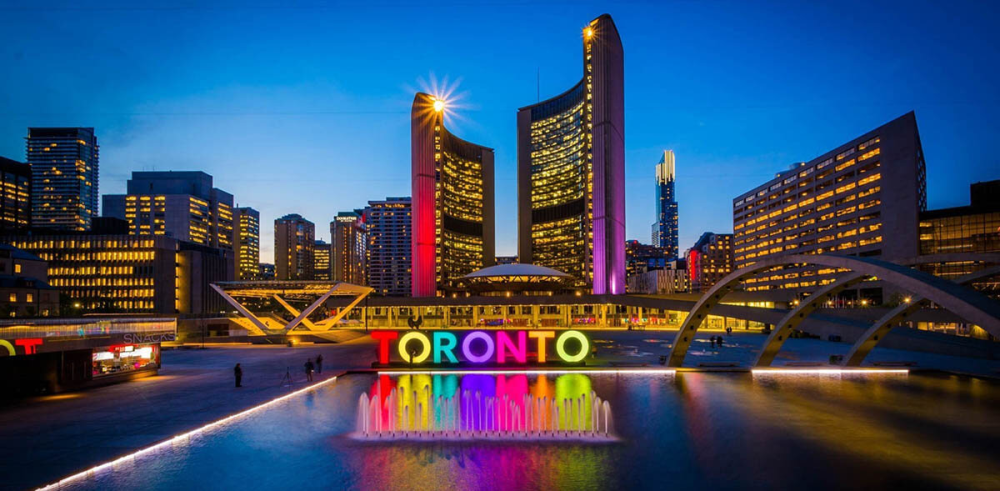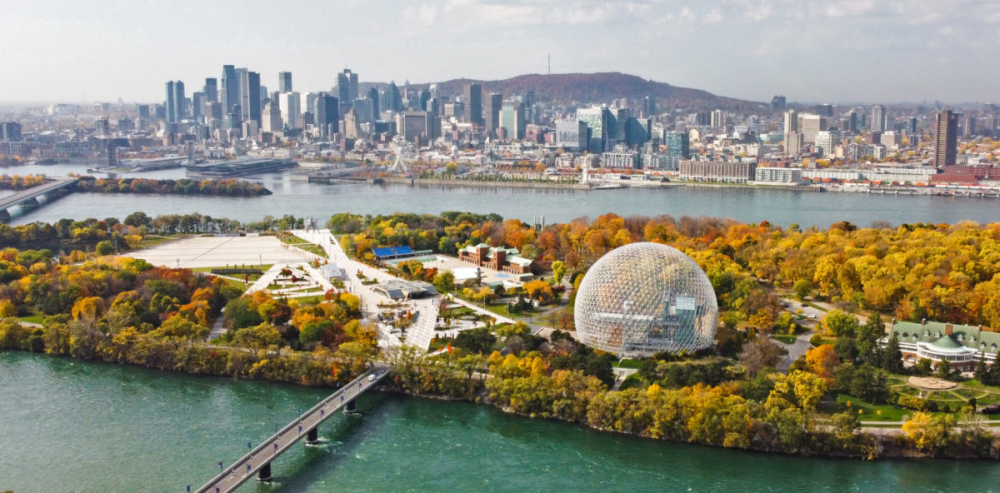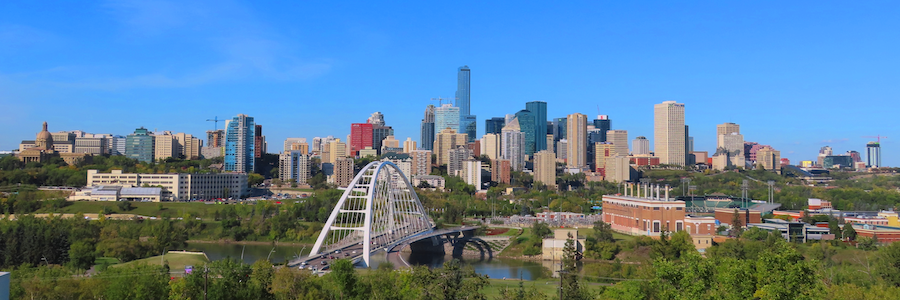
Had enough? Give up? Ready for normalcy? Here’s your step-by-step pathway North
Toronto — For many Americans, the dream of moving to Canada is rooted in a search for opportunity, stability, or a fresh start. The allure of universal healthcare, a multicultural society, and a reputation for inclusivity draws thousands each year.
But in 2025, Canada’s immigration landscape is shifting, with new rules and reduced targets making the process more complex. This guide, written with empathy for those navigating these changes, outlines how to move to Canada, focusing on the latest policies, Express Entry updates, and practical steps to achieve permanent residency.

Understanding Canada’s 2025 Immigration Landscape
Canada has long been a beacon for immigrants, but the 2025–2027 Immigration Levels Plan reflects a cautious approach. The government aims to welcome 395,000 permanent residents in 2025, down 21% from 2024’s 485,000, with further reductions to 380,000 in 2026 and 365,000 in 2027. This shift, driven by housing pressures and public sentiment, prioritizes sustainable growth. Yet, Canada remains committed to economic immigration, with 232,000 spots allocated for skilled workers in 2025, many transitioning from temporary resident status.
For Americans, this means a more competitive process but not an impossible one. The focus on in-Canada applicants, skilled workers, and Francophone immigration offers clear pathways. Express Entry, Canada’s flagship system for economic immigration, is central to this journey, and understanding its changes is key.
Express Entry: The Gateway for Skilled Workers
Express Entry manages applications for three federal programs: the Federal Skilled Worker Program (FSWP), Federal Skilled Trades Program (FSTP), and Canadian Experience Class (CEC). In 2025, it’s set to process 124,680 admissions, up from 110,770 in 2024, despite the overall immigration reduction. This increase signals a preference for skilled workers already integrated into Canada’s economy.

Key Changes to Express Entry in 2025
- Removal of Job Offer Points: Starting in spring 2025, candidates will no longer receive 50 or 200 Comprehensive Ranking System (CRS) points for a valid job offer. This temporary measure aims to curb fraud but may lower CRS scores for some. Applicants must now lean on language proficiency, education, and work experience to boost their rankings.
- In-Canada Focus: A new “In-Canada Focus” category targets 82,980 spots for those already living in Canada, particularly CEC candidates with Canadian work experience. This benefits Americans on work or study permits who’ve built ties in Canada.
- Category-Based Draws: IRCC prioritizes occupations in demand, including healthcare, trades, and education (a new category for 2025), alongside French-language proficiency. If you’re a nurse, carpenter, or teacher, or speak fluent French, your chances of receiving an Invitation to Apply (ITA) are higher.
- Francophone Immigration: Canada aims for 8.5% of permanent residents outside Quebec to be French-speaking in 2025, rising to 10% by 2027. Americans with French proficiency can leverage this through category-based draws.

Steps to Apply Through Express Entry
- Check Eligibility: Ensure you qualify for FSWP, FSTP, or CEC. FSWP requires at least one year of skilled work experience, a high school diploma, and strong language skills (English or French). CEC demands one year of Canadian work experience, while FSTP targets tradespeople with certifications.
- Create a Profile: Submit an online profile with your education, work history, language test results (like IELTS or TEF), and other details. You’ll receive a CRS score based on age, education, language, and experience.
- Enter the Pool: High-scoring candidates are invited to apply for permanent residency during biweekly draws. In 2025, expect more draws targeting in-Canada and category-based candidates.
- Apply for Permanent Residency: If invited, submit a complete application within 60 days, including police certificates, medical exams, and proof of funds. Processing typically takes six months.
For Americans, mastering the CRS is crucial. Improving language scores, gaining Canadian work experience, or earning a provincial nomination (worth 600 CRS points) can significantly boost your chances.

Alternative Pathways: PNPs, Quebec, and Pilot Programs
While Express Entry is the primary route, other pathways cater to diverse profiles.
Provincial Nominee Programs (PNPs)
PNPs allow provinces to nominate candidates based on local labor needs. In 2025, PNP targets are slashed to 55,000 admissions, down from 110,000 in 2024, making them highly competitive. Provinces like Ontario, British Columbia, and Alberta prioritize skilled workers, entrepreneurs, and those with local ties. Many PNPs align with Express Entry, offering a fast track for nominated candidates. Research each province’s streams to find the best fit.
Quebec Immigration
Quebec controls its economic immigration, targeting 31,000–32,900 economic immigrants in 2025, with a focus on French speakers. The Quebec Skilled Worker Program and Quebec Experience Program are key options, though some streams are paused until mid-2025. Americans fluent in French may find Quebec an attractive destination.
New Pilot Programs
In 2025, IRCC launches the Rural Community Immigration Class and Francophone Community Immigration Class to attract skilled workers to rural and Francophone areas outside Quebec. Enhanced caregiver pilots also offer permanent residency on arrival for home care workers, a potential route for Americans in caregiving roles.

For Students and Temporary Workers
International students and temporary workers have unique opportunities. Canada welcomes 305,900 students in 2025, but study permit caps and stricter Post-Graduation Work Permit (PGWP) rules apply. Students completing eligible programs can gain Canadian work experience, qualifying for CEC. However, only a fraction transition to permanent residency due to competition.
Temporary workers, especially in high-demand sectors, can leverage Canadian experience for Express Entry. New pathways ease transitions from temporary to permanent status, particularly for those already in Canada.

Challenges and Realities
Moving to Canada in 2025 isn’t without hurdles. Reduced immigration targets mean fewer spots, and the removal of job offer points may disadvantage newcomers without Canadian experience. Housing shortages and public service strains, which prompted the target cuts, also affect newcomers settling in urban centers like Toronto or Vancouver. Financially, applicants need sufficient funds—$13,757 CAD for a single person in 2025—plus application fees and living costs.
Emotionally, the process can feel daunting. Leaving home, navigating bureaucracy, and adapting to a new culture test resilience. Yet, Canada’s welcoming ethos and support systems, like settlement services for newcomers, ease the transition. Connecting with immigration consultants or communities on platforms like X can provide guidance and encouragement.

Tips for a Successful Move
- Start Early: Research eligibility and gather documents (passports, language tests, educational assessments) now.
- Boost Your CRS: Take language tests to improve scores, pursue higher education, or seek Canadian work experience.
- Explore All Pathways: Don’t rely solely on Express Entry; consider PNPs, Quebec, or pilot programs.
- Stay Informed: Immigration policies evolve. Follow IRCC updates or consult a Regulated Canadian Immigration Consultant (RCIC).
- Prepare Financially: Save for fees, proof of funds, and initial living expenses.
- Build a Network: Engage with Canadian communities online or through temporary visits to understand the culture.
A Welcoming Destination
Despite tighter rules, Canada remains a land of opportunity. Its commitment to multiculturalism, economic growth, and Francophone communities ensures diverse pathways for Americans. Whether you’re a skilled worker, student, or entrepreneur, the dream of calling Canada home is achievable with persistence and preparation.
As you embark on this journey, know you’re not alone. Thousands share your aspirations, and Canada’s history of embracing newcomers endures. Take the first step—check your eligibility, dream big, and let the True North guide you to a new chapter.
How to Move to Canada: 2025 Guide for Fed-up Americans (April 20, 2025)